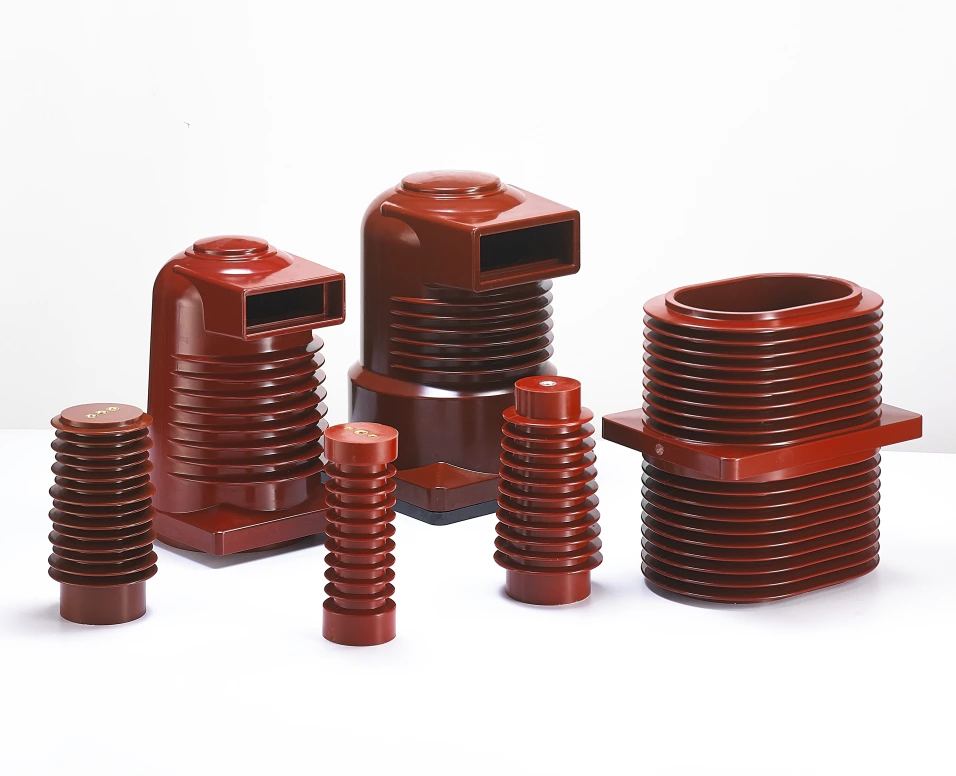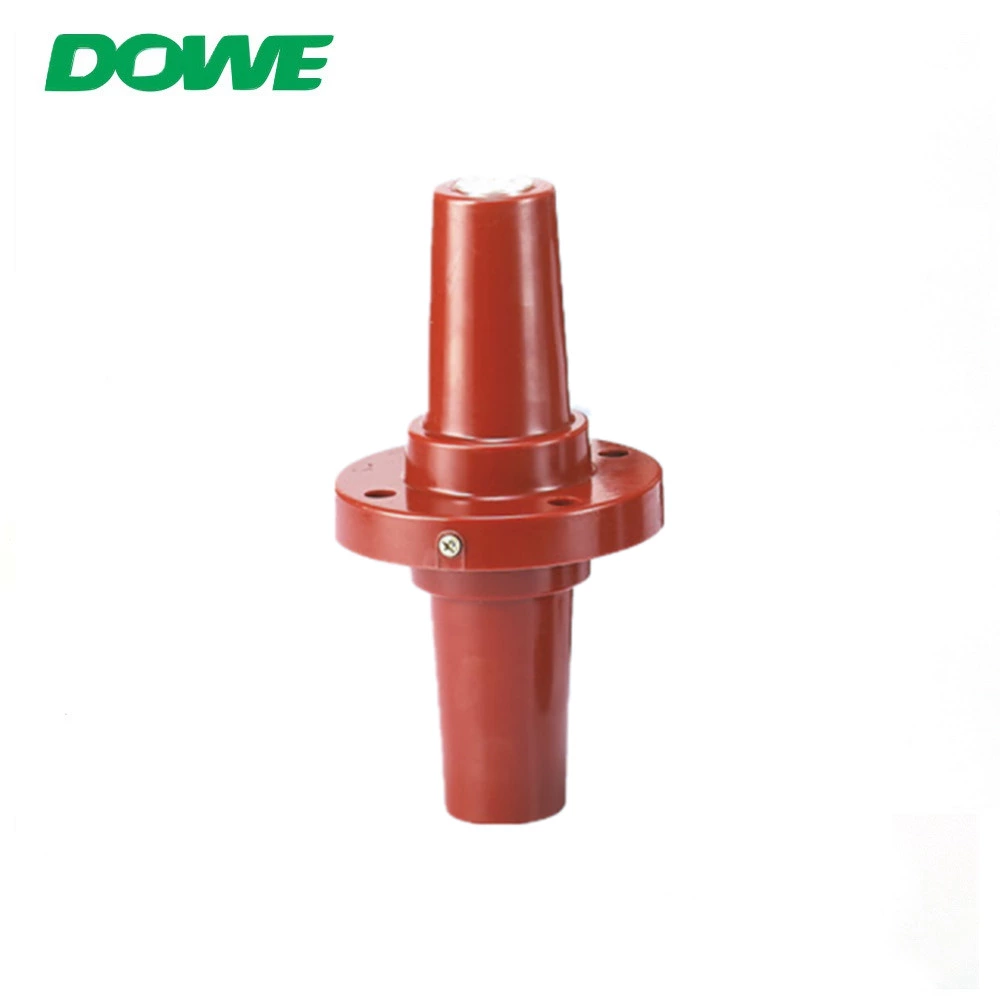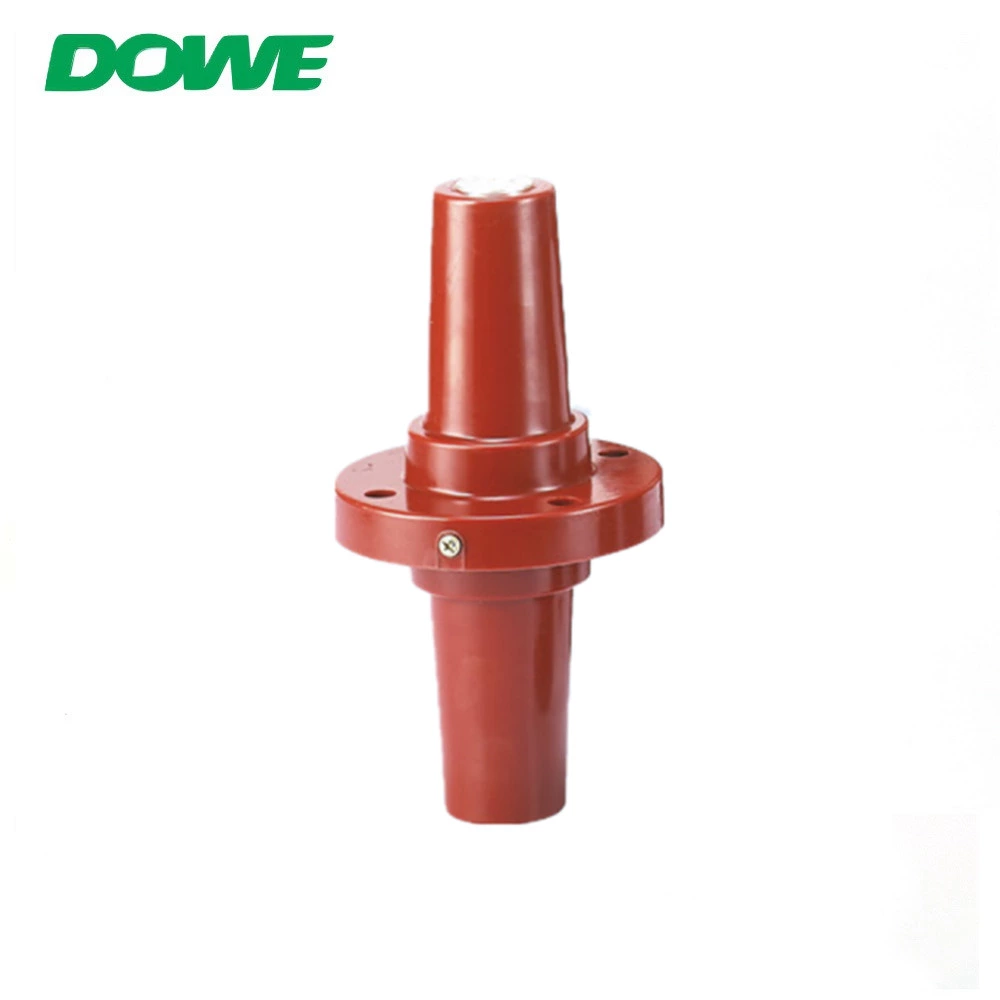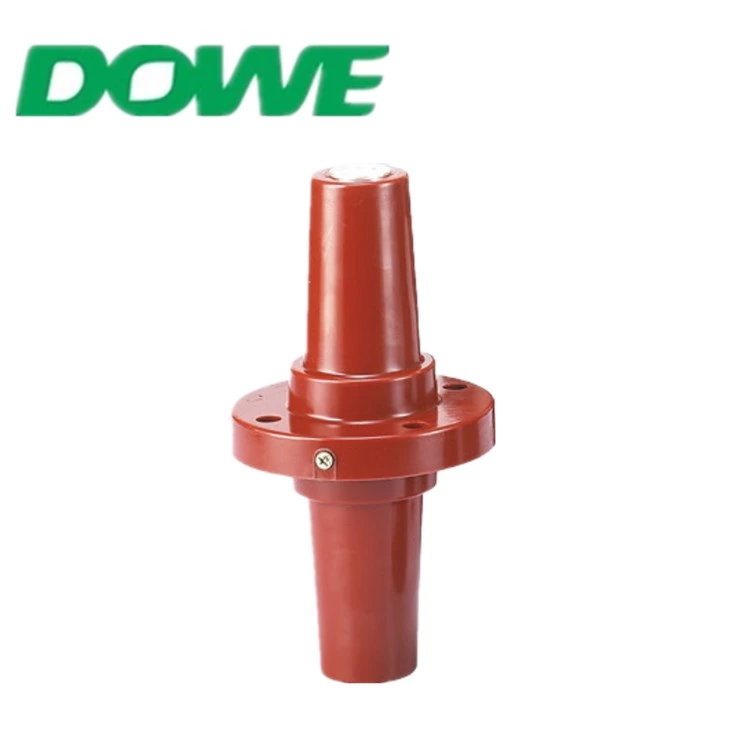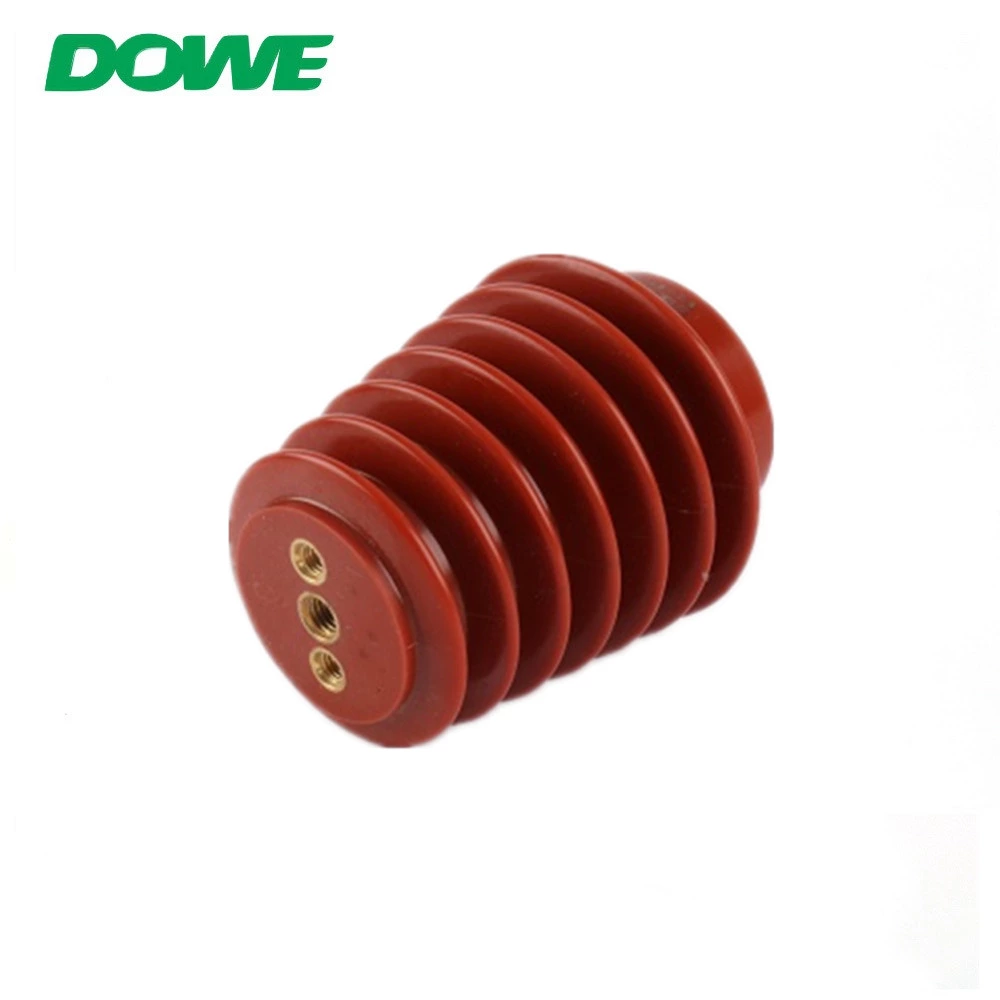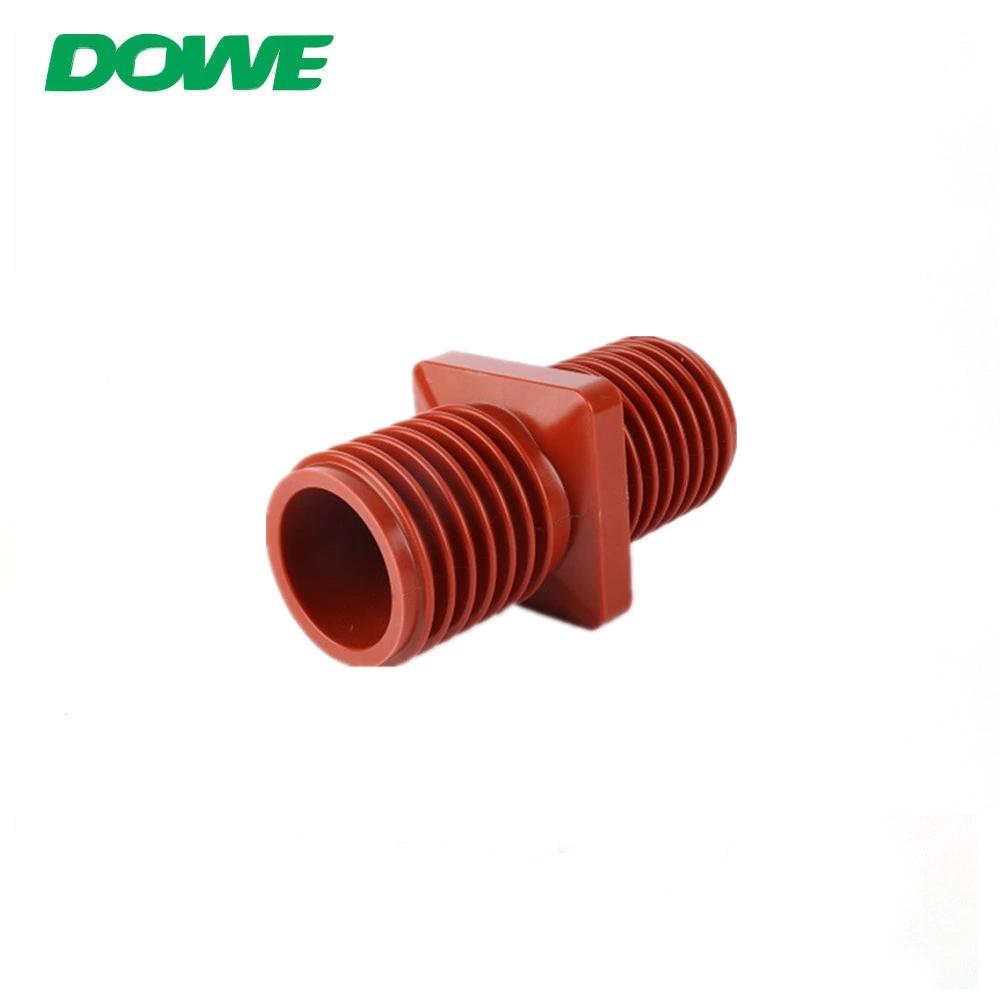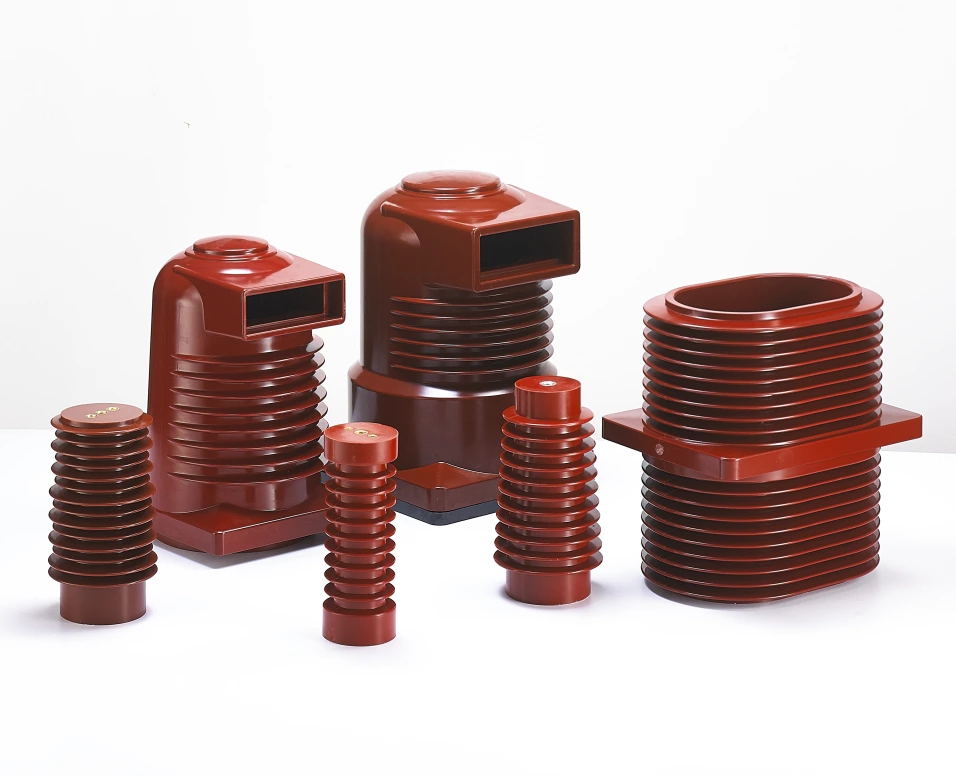Mica as an Insulator: The Complete Reference
Mica as an Insulator: The Complete Reference
Mica, a mineral with a distinctive layered formation, stands out for its insulation capabilities. Found globally, mica is not just common but pivotal in numerous industrial sectors due to its excellent insulating features. Historically, mica’s role has evolved from decorative elements in ancient structures to core components in modern technological applications, particularly in insulation. Its journey from ancient uses to a critical industrial resource reflects its versatility and enduring value.
Understanding Mica
Mica represents a family of minerals known for their ability to split into thin, durable sheets or flakes. The most prevalent types include muscovite, phlogopite, and biotite. Muscovite, clear and colorless, is renowned for electrical insulation, while phlogopite, ranging in color from light brown to black, is sought after for its heat resistance. Biotite, darker and more iron-rich, is less used in insulation but still valued for its thermal properties.
The defining characteristics of mica—resistance to heat, electricity, and mechanical stress—are attributable to its crystal structure. This structure facilitates the formation of thin sheets that remain stable and strong under extreme conditions.
Mica’s ability to withstand high temperatures without losing its structural integrity makes it an excellent insulator in electrical and thermal applications. Its electrical insulating properties are due to its high dielectric strength, enabling it to prevent electrical discharges and energy losses, making mica an indispensable material in the insulation domain.
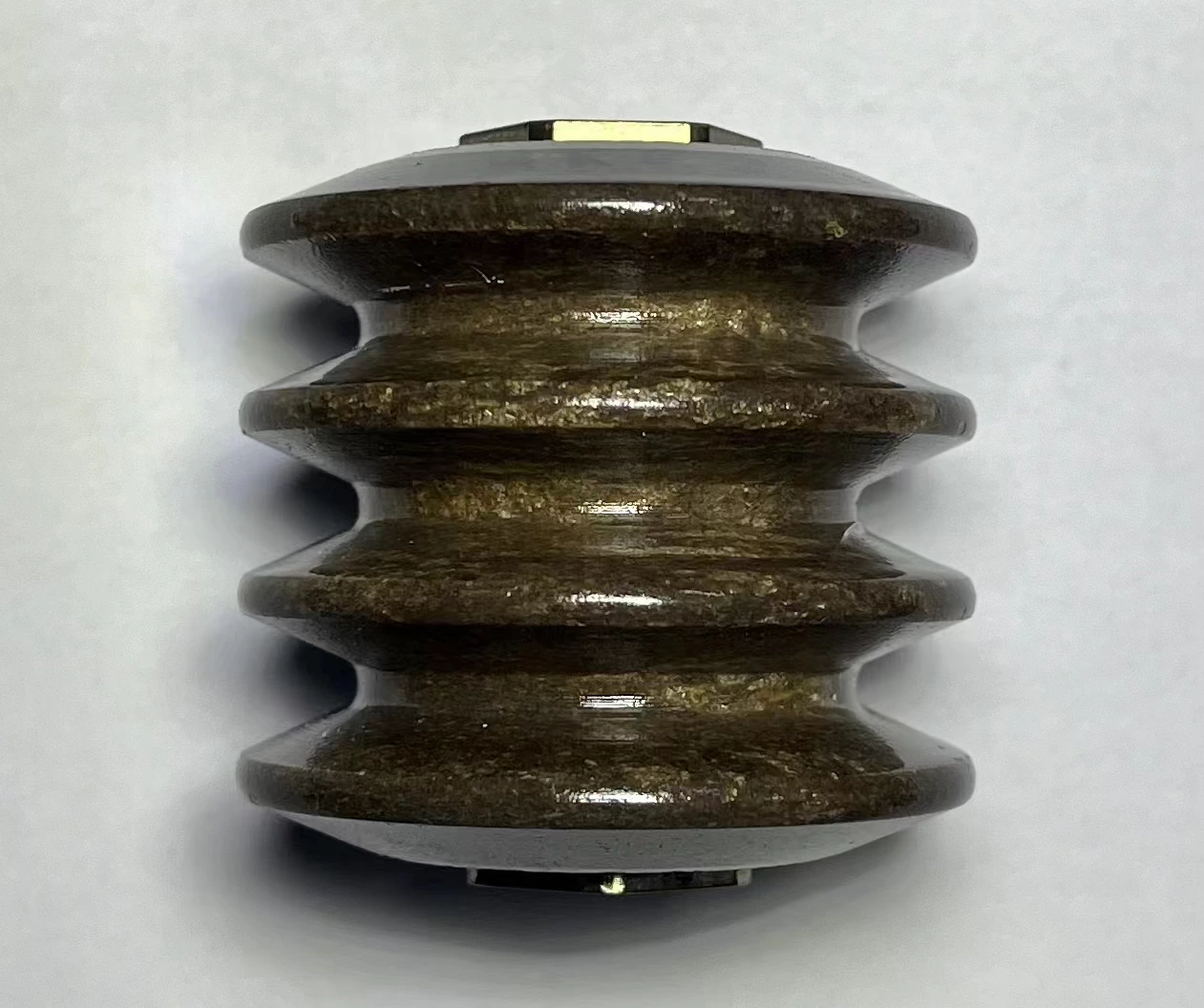
Mica as an Insulator
Insulation is critical in controlling and conserving energy across various applications, ensuring safety and efficiency. It prevents the undesired flow of heat, electricity, or sound, maintaining energy in its intended place or form. Mica’s role in insulation is pivotal due to its ability to resist electrical, thermal, and acoustic transfer.
In the electrical sector, mica is essential for insulating wires, cables, and components, preventing electrical leaks and protecting against short circuits and fires. Its high dielectric strength makes it a preferred material for high-voltage electrical applications, offering a reliable barrier against electrical discharges.
Mechanically, mica excels in high-temperature environments. It serves as insulation in furnaces, turbines, and other equipment where thermal resistance is crucial. As a thermal shield, mica blocks heat transfer, protecting machinery and extending its lifespan.
In electronics, mica is used in circuit boards and capacitors. It provides stable and reliable insulation, ensuring that electronic devices operate effectively without interference from heat or electrical noise. Mica’s adaptability allows for precision in manufacturing, fitting into various components with exacting requirements.
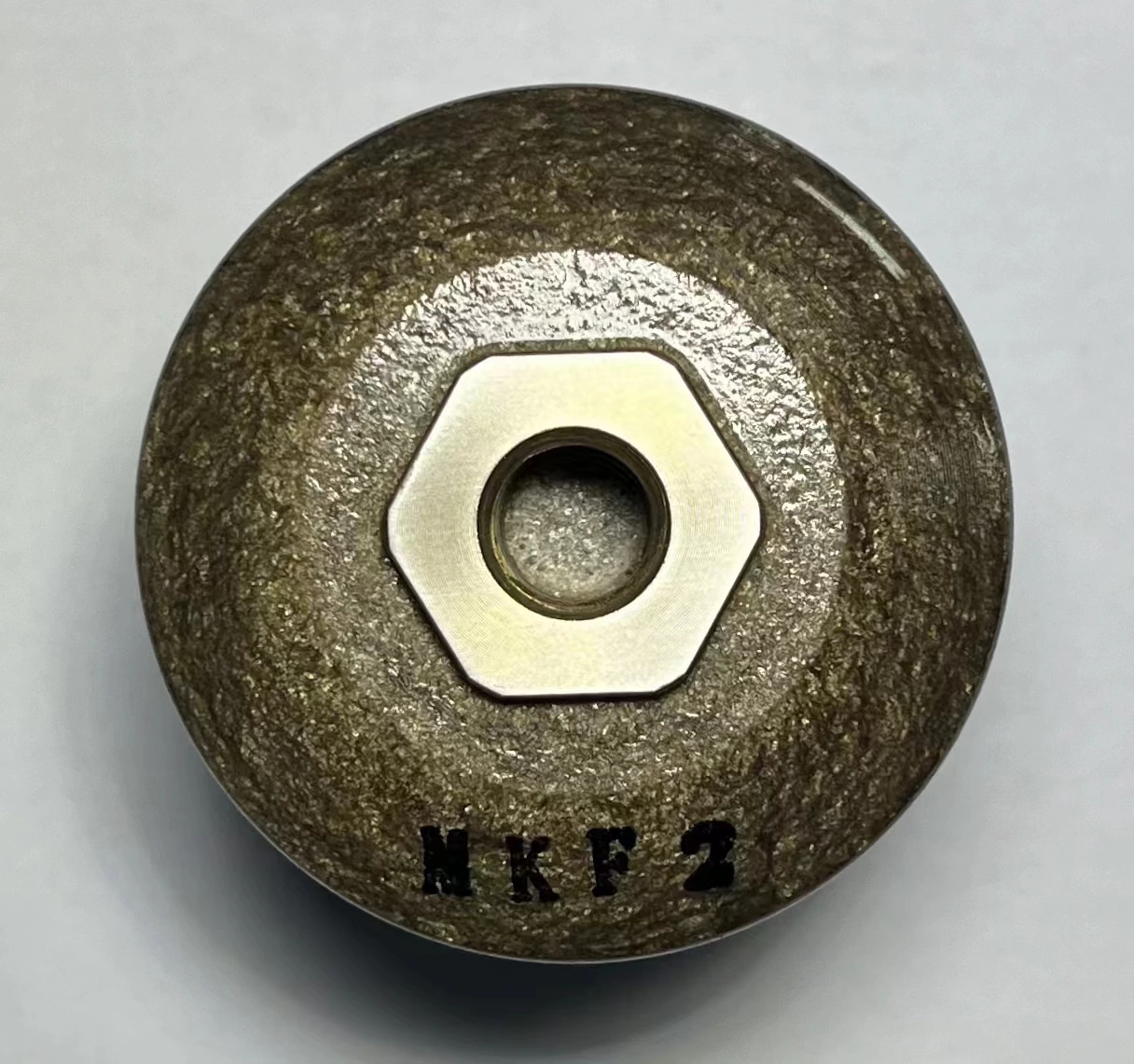
Advantages of Mica in Insulation
Mica’s heat resistance and thermal stability are unmatched, withstanding temperatures of over 1000°C without degrading. This makes it ideal for use in situations where other materials would fail, ensuring continuous operation under high-temperature conditions.
Its electrical properties are equally impressive. Mica’s dielectric strength enables it to resist electrical breakdown, making it a safe insulator for high-voltage electrical systems. Additionally, it shows excellent resistance to arcing, a common cause of equipment failure and fire hazards in electrical applications.
Durability and longevity are other significant benefits of mica. It maintains its insulating properties over time, resisting wear and tear in harsh environments. This durability translates into cost savings and reduced maintenance for industries relying on mica-insulated components.
Environmental resistance further highlights mica’s advantages. It is immune to the effects of corrosion, moisture, and other environmental factors, preserving its integrity and insulating capabilities in varied conditions. This robustness makes mica an invaluable material in industries where reliability and longevity are paramount.


